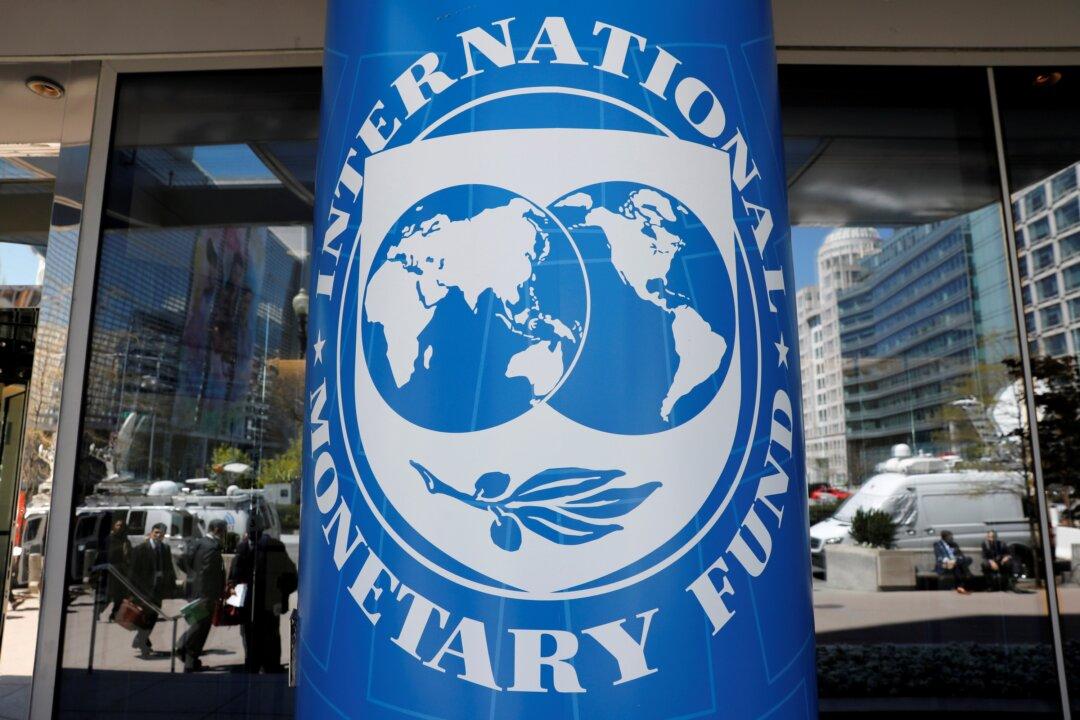The risks to global financial stability have risen “rapidly” since the International Monetary Fund’s (IMF) previous assessment in October, the organization wrote in a new report.
In the latest Global Financial Stability report, IMF economists wrote that there is a “perilous combination of vulnerabilities” in financial markets as institutions failed to properly prepare for a rising interest-rate environment, producing substantial uncertainty regarding the financial system’s health. Moreover, the formation of stress in worldwide financial markets has resulted in a complex situation for inflation-fighting central banks, especially as price pressures prove “to be more persistent than anticipated.”





